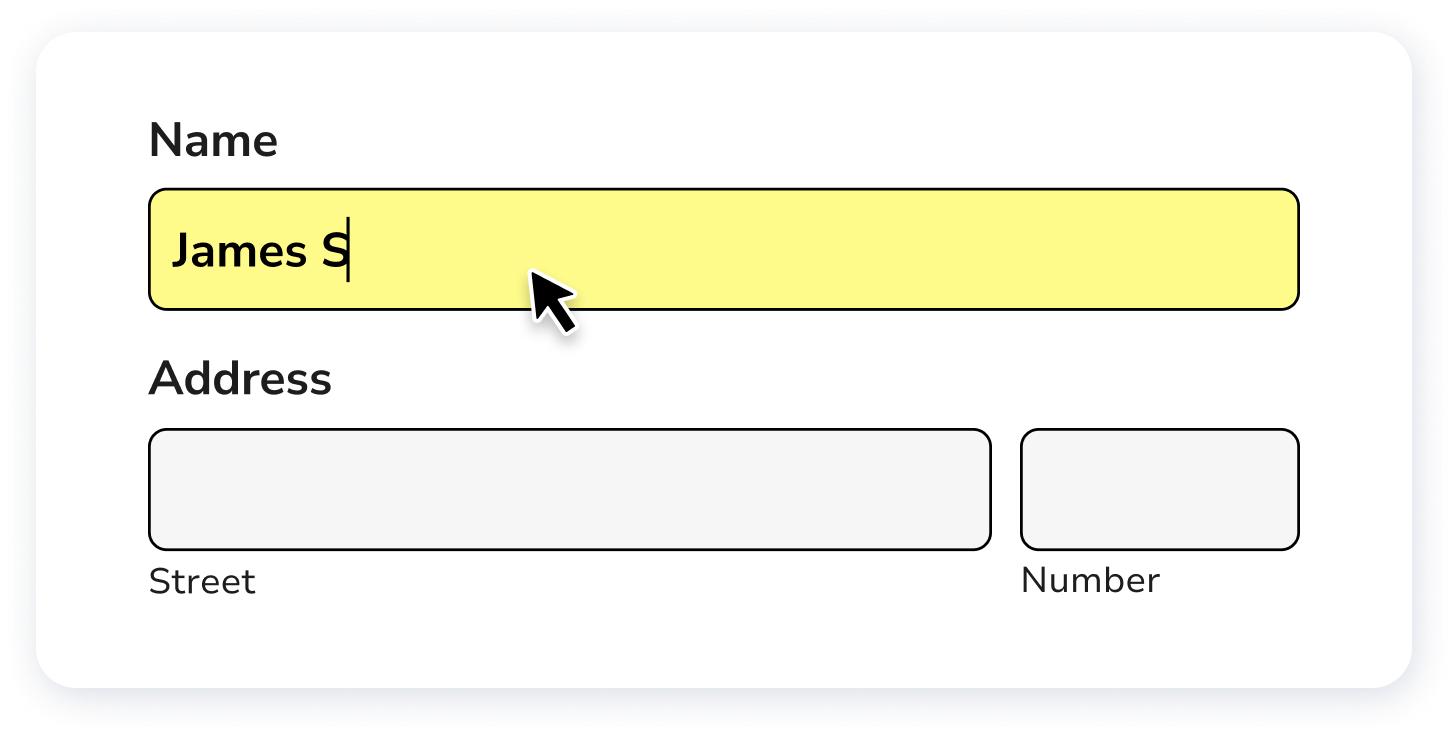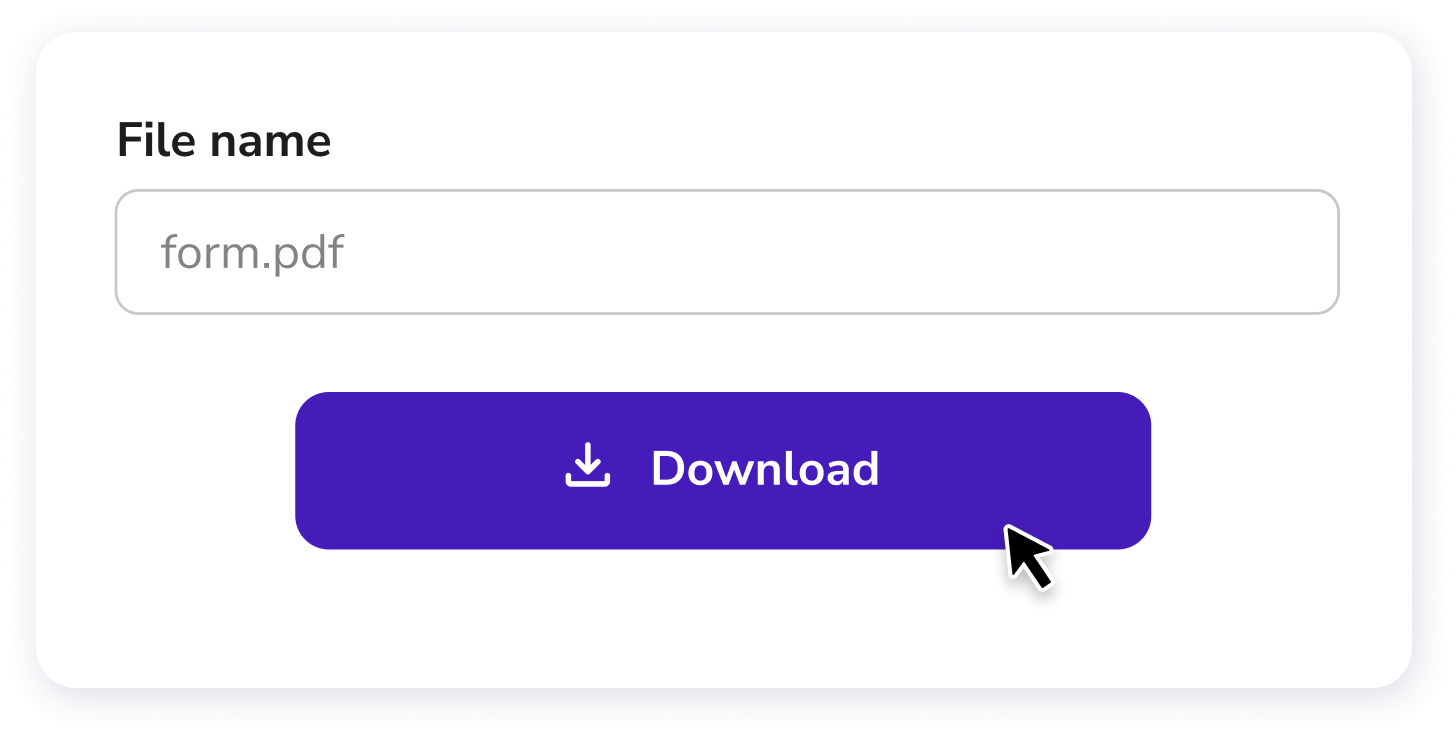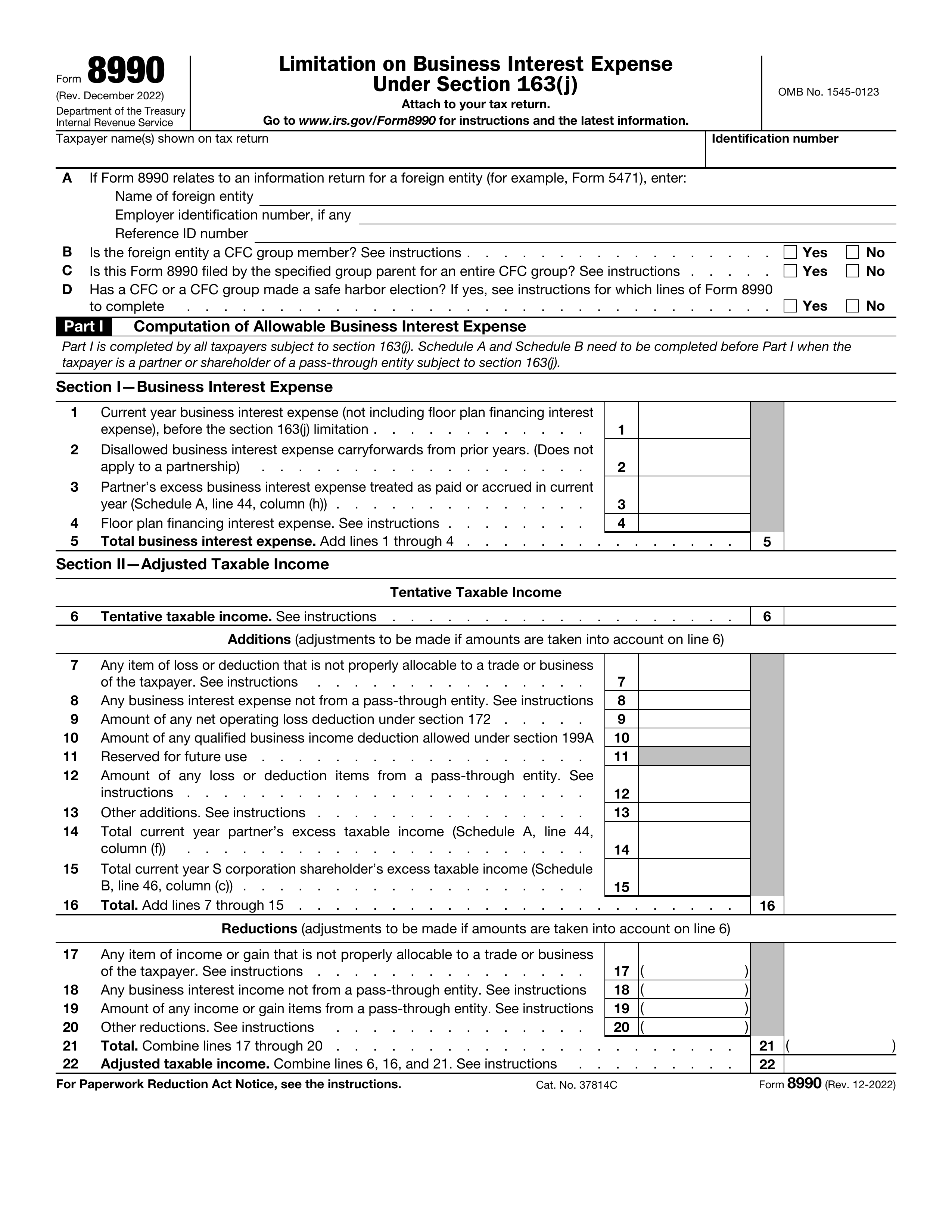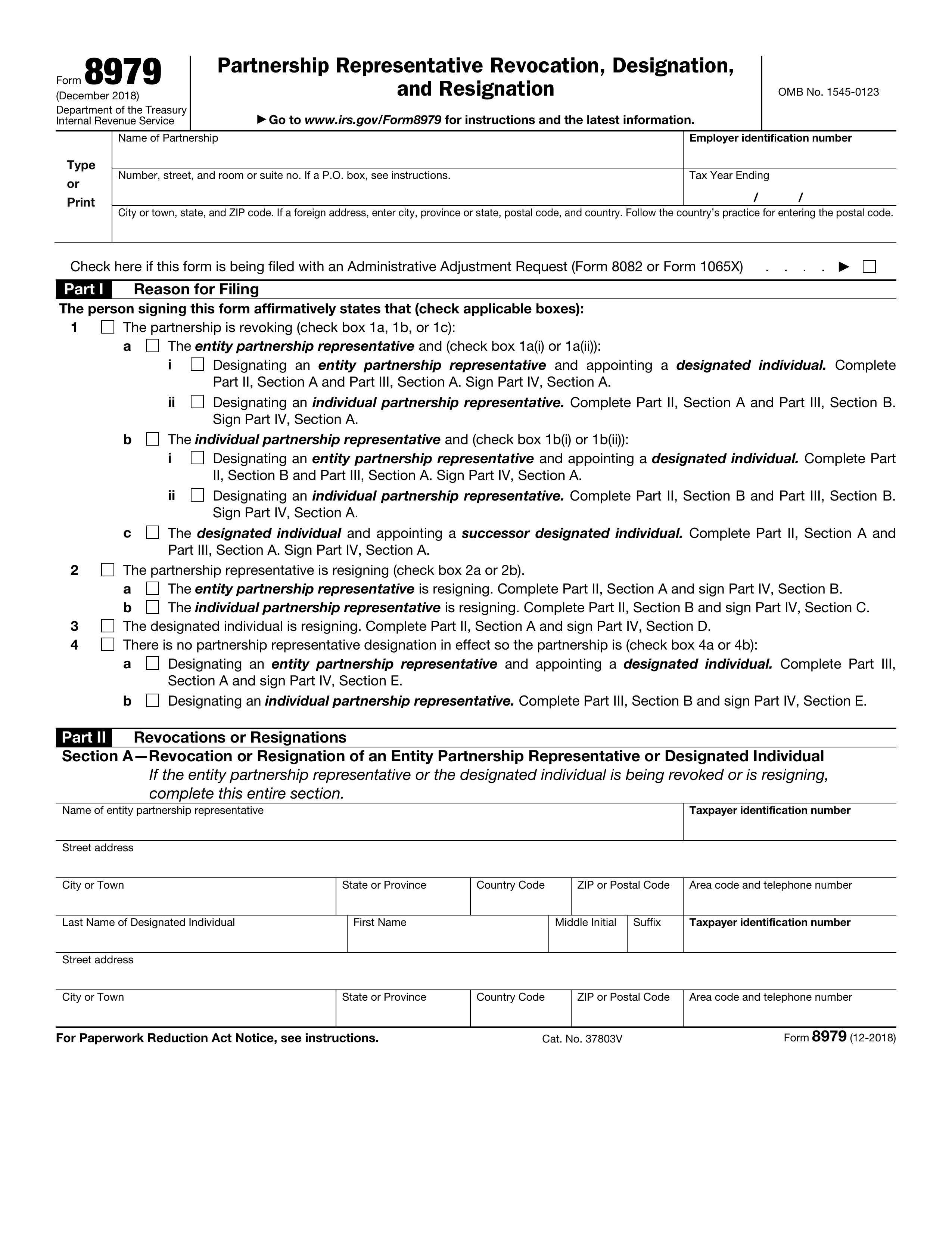What is Form 8996?
Form 8996 is essential for corporations and partnerships that wish to certify as Qualified Opportunity Funds (QOFs). These funds are designed to drive investment into economically distressed areas known as Opportunity Zones. By filing this form, entities confirm they meet a 90% investment requirement and track their compliance. This process allows investors to defer certain capital gains taxes when they reinvest in these zones, offering potential tax benefits. Annual submission of Form 8996 is crucial for maintaining QOF status and avoiding penalties.
What is Form 8996 used for?
Form 8996 is essential for businesses involved in opportunity zones. Here’s what it’s used for:
- Certification: Certifies that a corporation or partnership qualifies as a Qualified Opportunity Fund (QOF).
- Annual Reporting: Reports each year if the QOF meets the 90% investment standard in qualified opportunity zone property.
- Compliance: Shows compliance with Qualified Opportunity Zone regulations and confirms the fund meets necessary requirements.
How to fill out Form 8996?
- 1
Complete Form 8996 to certify your entity as a Qualified Opportunity Fund (QOF).
- 2
Fill out Part III annually to check if the QOF met the 90% investment standard.
- 3
Calculate any penalties in Part IV if the QOF did not meet the 90% standard.
- 4
Attach Form 8996 to the applicable tax return specified under Who Must File.
- 5
File Form 8996 with your timely filed federal income tax return, including extensions.
Who is required to fill out Form 8996?
Corporations and partnerships are responsible for completing Form 8996. They must file this form to confirm their organization as a Qualified Opportunity Fund (QOF) and report annually on their investment compliance.
Entities using Form 8996 include corporations and partnerships investing in Qualified Opportunity Zones. This certification is crucial for maintaining their QOF status and ensuring adherence to investment regulations.
When is Form 8996 not required?
Form 8996 is not required for entities that do not plan to be Qualified Opportunity Funds (QOFs). If an entity does not invest in Qualified Opportunity Zones (QOZs) or does not meet the 90% investment standard, it does not need to file this form. Also, businesses that are not corporations or partnerships are exempt from filing Form 8996.
When is Form 8996 due?
The deadline for Form 8996 is annually with your federal income tax return. If you file for an extension, submit the form by the extended deadline. This helps maintain your Qualified Opportunity Fund’s investment standard and prevents any penalties.
How to get a blank Form 8996?
To get a blank Form 8996, simply visit our website. The Internal Revenue Service issues this form, and we have a pre-loaded version ready for you to fill out. Remember, our platform assists with filling and downloading forms, but not filing them.
How to sign Form 8996?
To sign Form 8996, you should use a handwritten signature, as official sources do not permit electronic or digital signatures for this form. After filling out the form using PDF Guru, download it, print it, and sign it in the designated area. Always check for the latest updates regarding signature requirements to ensure compliance. Remember, PDF Guru enables you to fill and download the form, but it does not support submission.
Where to file Form 8996?
To submit Form 8996, include it with your entity's federal income tax return. This form cannot be filed online, so traditional methods are necessary.
Mail the completed form to the IRS along with your tax return. Ensure it reaches them before the deadline to maintain compliance with Qualified Opportunity Fund requirements.







